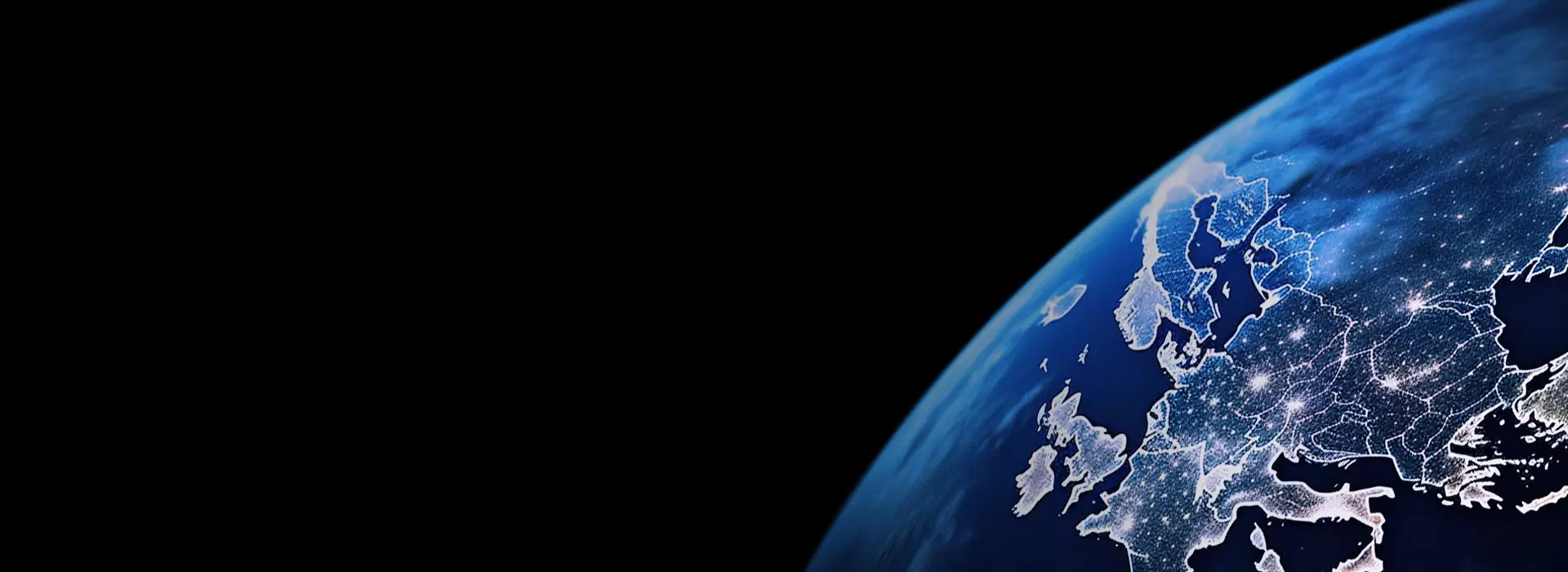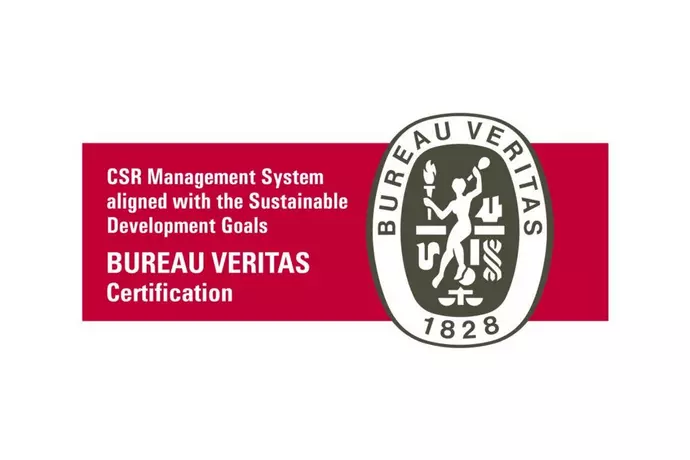Environmental Vision 2050
Epson's Environmental Vision 2050, established in 2008, outlines our commitment to becoming carbon neutral by 2050. We will transition to greenhouse gas-free manufacturing and focus on renewable electricity, energy-efficient equipment, and carbon-free logistics. Our initial efforts will prioritize reducing energy consumption and switching to renewable sources.
We aim to help our customers lower their greenhouse gas emissions by offering products with smaller environmental footprints and implementing carbon-free logistics. Additionally, Epson will explore technologies to capture and remove greenhouse gases, such as carbon storage in biomaterials.
By 2050, we plan to eliminate dependence on underground resources, relying instead on recycled metals, plastics, and previously mined minerals as above-ground resources. We will also harness renewable energy sources like solar, wind, water, geothermal heat, wood, and biomass.




















